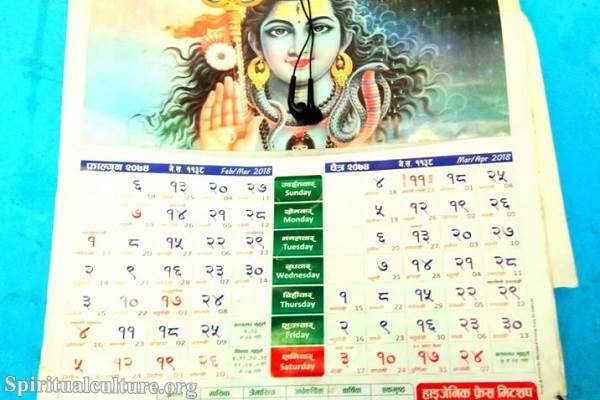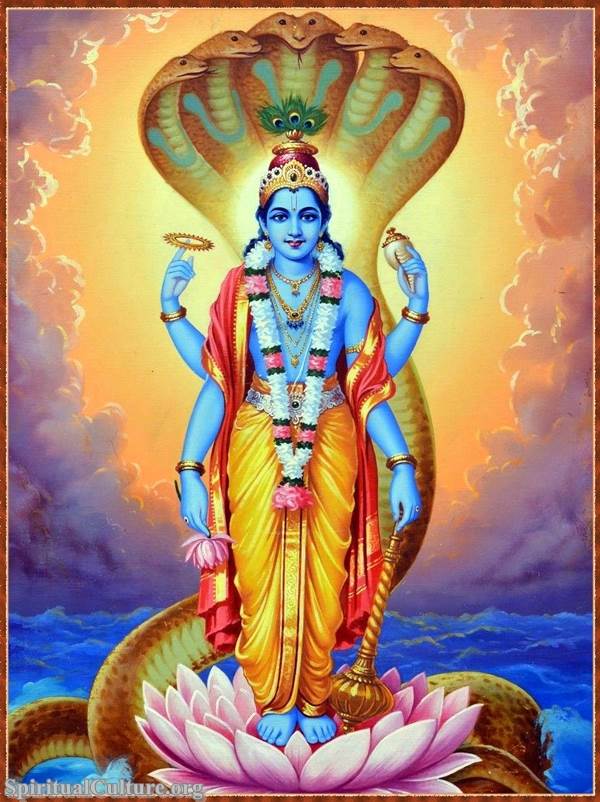In every human heart lies a question so ancient and yet ever new: What is the right way to live? Across centuries and civilizations, humanity has longed for guidance — not just in abstract moral codes but in stories that breathe and move, stories that capture the struggles of the soul.
As “Spiritual Culture,” I invite you to walk with me through two shimmering rivers of wisdom: the Mahabharata and the Ramayana. These two epics are not merely old Indian stories — they are living embodiments of dharma, the principle of cosmic order, moral law, and inner duty.
In this exploration, we will see how these epics reflect two faces of dharma: one as a dynamic, complex interplay of choices and consequences, the other as an unwavering ideal shining above human frailty. We will examine characters who wrestle with loyalty, love, power, and faith, and we will see ourselves in their struggles.
Whether you are a seeker of truth, a lover of myth, or simply curious about how stories can shape civilizations, these ancient epics offer a mirror to your heart and a compass to your soul.
The World of the Mahabharata: Complexity, Conflict, and the Living Dharma
The Mahabharata is the longest epic poem in the world, spanning over 100,000 verses. More than just a tale of war, it is a vast ocean of human experience: love, betrayal, ambition, despair, devotion, and redemption.
At its core lies the Kurukshetra war, a fratricidal conflict between the Pandavas and the Kauravas, descendants of the same royal lineage. This is not just an external war for a kingdom — it is an internal war for the soul.
Characters Beyond Good and Evil
Unlike stories where characters are clearly “good” or “bad,” the Mahabharata lives in moral grayness.
Yudhishthira, the eldest Pandava, is famed for his commitment to truth yet is led into gambling away his kingdom and brothers. Arjuna, the heroic archer, finds himself paralyzed at the prospect of fighting his own kin. Bhishma, the grand patriarch, stands steadfast to his vows but must watch his family crumble.
Even Krishna, the divine guide, engages in strategies and deceptions to protect dharma. In the Mahabharata, dharma is a living, breathing force — never static, always requiring discernment.
The Bhagavad Gita: The Heartbeat of Dharma
One of the brightest jewels within the Mahabharata is the Bhagavad Gita, a dialogue between Krishna and Arjuna on the battlefield.
Arjuna collapses, overwhelmed by the thought of fighting loved ones. Krishna urges him to rise, teaching the doctrine of karma yoga — selfless action without attachment to results.
“You have a right to perform your duty, but not to the fruits thereof.” — Bhagavad Gita 2:47
This teaching transforms every battle in life — whether a career decision, family tension, or personal struggle — into a spiritual field of action.
Dharma as Situational and Evolving
Throughout the Mahabharata, we see that dharma is not rigid. What is right for one may not be right for another, and what is right today may not be tomorrow.
Bhishma honors his vow to never claim the throne, but it paves the way for a series of calamities. Karna’s loyalty to Duryodhana raises questions about gratitude versus cosmic justice. Draupadi’s humiliation in court raises deep debates about gender, power, and collective responsibility.
Here, dharma becomes a subtle art, not a strict science. It requires a living intelligence, guided by compassion and clarity.
The Ramayana: The Path of the Ideal
If the Mahabharata is the exploration of human complexity, the Ramayana offers us an ideal — an image of what perfect dharma might look like when embodied.
Attributed to sage Valmiki, the Ramayana is the story of Rama, prince of Ayodhya and incarnation of Vishnu, who embodies Maryada Purushottama — the perfect man.
Rama: The Radiant Embodiment of Dharma
When exiled to the forest for 14 years due to a palace intrigue, Rama accepts his fate without bitterness. He embodies patience, self-control, and unwavering obedience to duty.
Even when his beloved wife Sita is abducted by the demon king Ravana, Rama wages war not only to rescue her but also to uphold cosmic order.
Painful Choices for the Greater Good
Rama’s story is full of heart-wrenching decisions. Perhaps the most painful is his choice to banish Sita despite her proven purity.
Here, we see the tension between personal love and societal duty. Rama chooses the collective perception of dharma over personal happiness — a decision that has sparked debates for centuries but ultimately illustrates the sacrificial dimension of dharma.
Sita: The Silent Flame
Sita’s strength lies not in battlefield prowess but in her unwavering devotion, inner strength, and resilience. Her fire trial, her patient waiting in Lanka, and her acceptance of exile all embody an inner dharma — the dharma of love, faith, and personal integrity.
Sita teaches us that dharma is not just public action but also the quiet, hidden victories of the soul.
Dharma in Action: Two Visions, One Quest
Mahabharata: Dharma as Dynamic Decision
The Mahabharata teaches that life is messy. Choices are rarely between absolute good and evil. It urges us to use discernment (viveka) in each situation.
Krishna’s advice to Arjuna shows that sometimes, even seemingly harsh actions are necessary to protect a greater good. The Pandavas’ struggles teach us that even the righteous face severe trials and moral ambiguity.
A Mirror to Our Modern Lives
Who among us has not faced choices that pit duty against affection? Who has not felt torn between honesty and compassion? The Mahabharata gives us permission to acknowledge this inner battlefield and approach it with spiritual courage.
Ramayana: Dharma as Steadfast Ideal
The Ramayana, on the other hand, encourages us to strive for the highest ideal of dharma — unwavering, luminous, and self-sacrificing.
Rama’s obedience to his father, his integrity as a husband, his fairness as a ruler — these become aspirational models. They remind us that though perfection may not always be possible, the effort ennobles the soul.
Sacred Texts as Guides
Both epics are deeply intertwined with Hindu sacred literature.
The Bhagavad Gita from the Mahabharata has inspired saints, philosophers, and leaders worldwide. Mahatma Gandhi described it as his “spiritual dictionary.”
The Ramayana’s verses are sung, chanted, and enacted across Asia. From Thailand to Indonesia, from South India to the Himalayas, its stories shape the spiritual imagination of millions.
The Role of Divine Incarnations
Krishna: Divine Strategist
Krishna is not merely a God figure; he is a friend, a charioteer, a strategist, and a philosopher. His role underscores a more pragmatic approach to dharma: sometimes strategic actions, even deception, can serve a righteous end.
Rama: Divine Ideal
Rama, by contrast, represents a more straightforward moral purity. He demonstrates that dharma is not just external correctness but the internal harmony of thought, word, and deed.
Women in the Epics: Silent Yet Central
Draupadi: Fire and Questioning
Draupadi is one of the most powerful voices in the Mahabharata. Her relentless questioning of elders after her disrobing challenges social and moral complacency. She embodies the dharma of righteous anger and dignity.
Sita: Patience and Purity
Sita’s dharma is one of patience, sacrifice, and steadfast faith. Her silent strength serves as a counterbalance to Draupadi’s fierce questioning, showing two powerful expressions of feminine dharma.
Dharma as a Global Message
Beyond Hinduism
These epics have inspired countless adaptations in Buddhism, Jainism, and regional folklore. Their messages of duty, loyalty, and sacrifice resonate across religious and cultural boundaries.
Lessons for Our Times
In an age of instant gratification and moral shortcuts, these stories ask us to pause and consider: What is my duty? What is the greater good? How do I live with integrity?
Dharma as Personal Practice
Dharma, as shown in these epics, is not just about grand gestures. It is about small daily choices — honesty in work, kindness to a stranger, loyalty to loved ones, and courage to stand for what is right even when it is difficult.
By internalizing these teachings, we transform our daily life into a sacred journey.
Reflect and Reimagine
The Mahabharata and the Ramayana are more than ancient stories — they are spiritual mirrors, showing us our own internal conflicts, desires, and potential for greatness.
The Mahabharata invites us to wrestle with complexity and find the dharma that fits each moment. The Ramayana urges us to aim for the highest ideal, no matter the personal cost.
In reading them side by side, we learn that dharma is not about rigidly following rules but about living in harmony with truth, love, and the cosmic order.
What does dharma call you to do today?
May you find in these stories the courage to act, the wisdom to discern, and the compassion to embrace all beings.
Spiritual Culture gently invites you: Sit with these epics, let them breathe into your life, and watch as your own story becomes an offering to the world.


